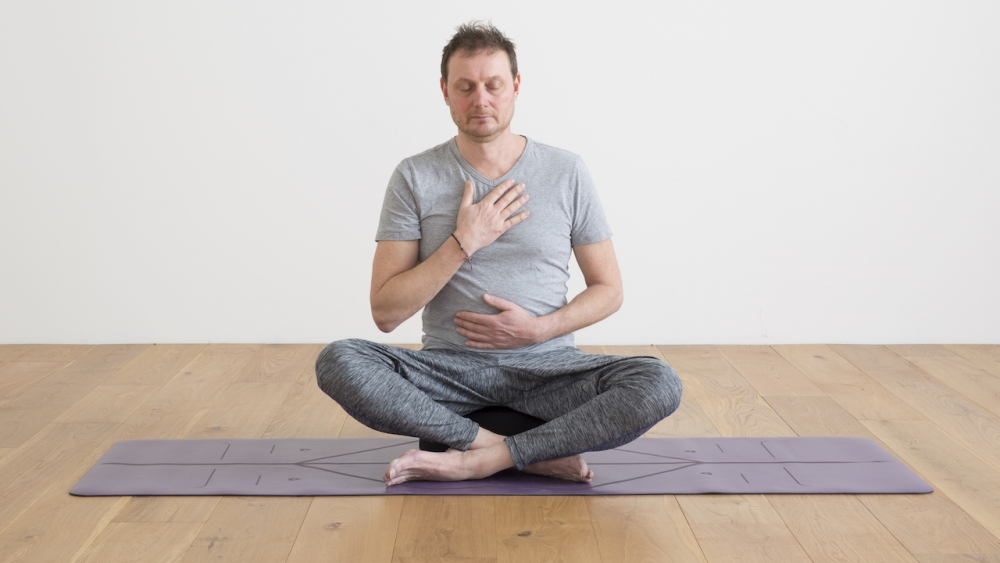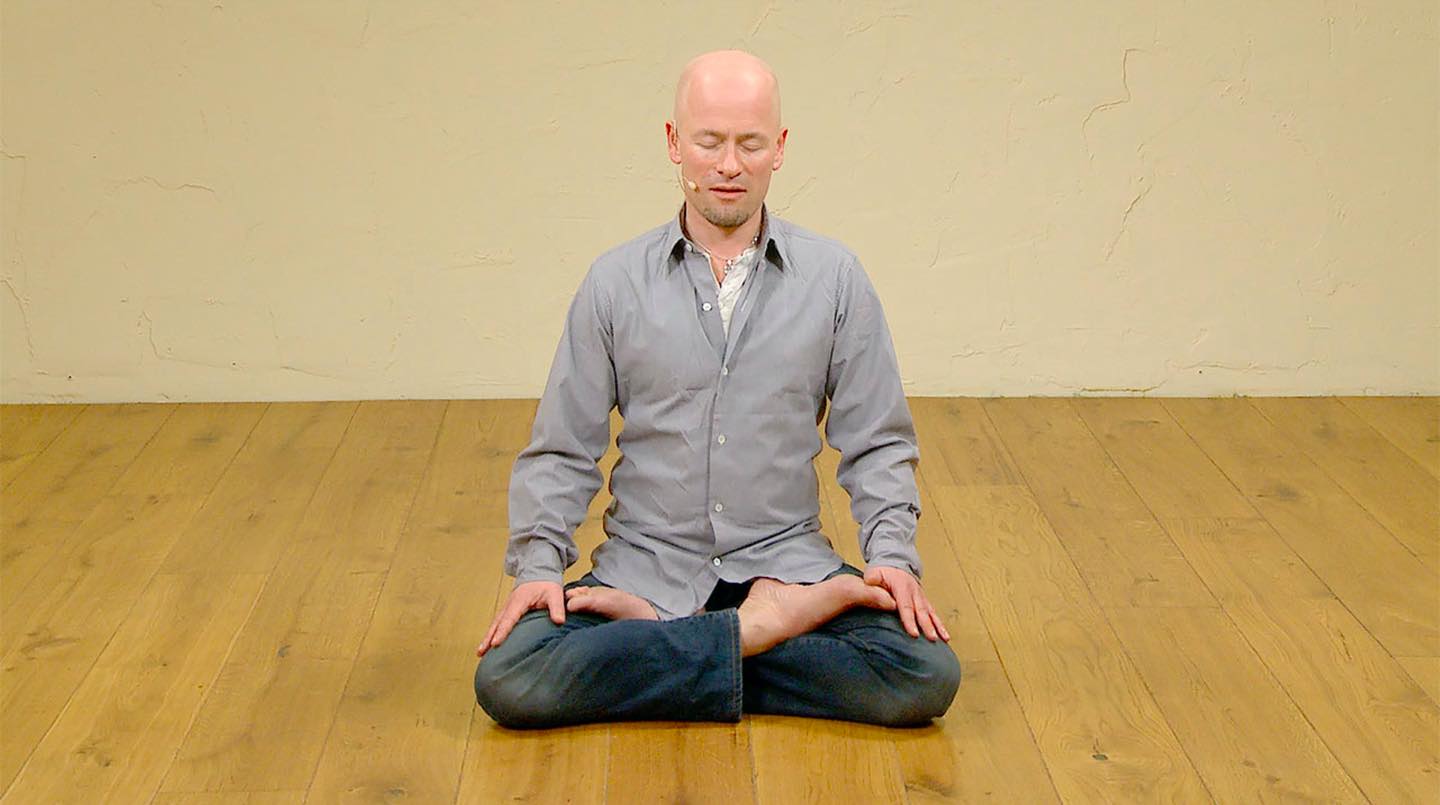Many in the yoga community today associate mastering asana with our ability to ‘do’ more and more complex postures. For certain, growing our strength and flexibility on our mats is fun and certainly brings its benefits.
The Yoga Sutras of Patanjali on asana
The Yoga Sutras invites us to take a radically different view on mastering asana. Of the roughly 200 verses in The Yoga Sutras exactly two of these refer directly to the practice of Asana. These two Sutras must be pretty important, so let’s dig a little into what they say.
The first of these Sutras (II-46) reads: Sthira Sukham Asanam.
This Sutra essentially defines asana and contains two messages:
- Firstly, asana is characterized in terms of both an active, or doing component and a passive, or non-doing component. The doing component is often translated as steady, stable or alertness. The non-doing component is often translated as comfortable, relaxed or something similar.
- Secondly, the idea or implication of some sort of balance between doing and non-doing. Balance is a slippery concept, we tend to think of balance as static, something fixed. However – as we all experience with balancing postures on our mats – the moment we try to fix balance, it shifts.
Sutra II-46 invites us to explore doing and non-doing in our being in the broadest sense: not just physically, but mentally, emotionally and energetically, and to explore balance between doing and non-doing.
The second Sutra on asana gives us a hint on how to approach this exploration; it gives instruction on how to master asana.
Sutra II-47 reads: Prayatna Saithilya Ananta Samapattibhyam.
The essence of this Sutra is to let go, and there are two aspects of letting go:
- Firstly – a letting go of . We are instructed to ease off or overcome our tendency for automatic doing or restlessness. The instruction is one that is very opportune for many of us in the West, for those of us who have been conditioned to do, do, do.
- Secondly – a letting go into: We are instructed to let go into the infinite, or into that without end. And our connection with the infinite is the flow of breath. It is the flow of breath that beats our heart and connects us with all around us.
The breath is the practice
Mastery of asana comes therefore as we both let go of our restlessness, and let go into the flow of breath. It is through the breath that we calm our restlessness and it is in our relationship with breath where we explore our doing and non-doing and the balance between them.
It is through the breath that we calm our restlessness and it is in our relationship with breath where we explore our doing and non-doing and the balance between them.
Ultimately it is breath that is the foundation of, and the guide for, our practice. It is this exploration of, and through breath, that makes our yoga yoga rather than just jumping around on a mat. And it is through deepening our relationship with breath that we move towards mastery in asana.
In short, when it comes to the yoga of The Yoga Sutras, mastering asana is above all else about working and playing with this one principle of breath: a principle that is both very simple and endless depth.
Related articles:
Explore this more in class
For a more detailed exploration on the above you can watch my recent video for EkhartYoga members “Yoga Sutras: Asana”. This includes both a short meditation on the breath and an exploration into how to apply the idea of letting go into the flow of breath to both dynamic and static yoga practices on our mats.
For a playfully irregular dose yoga philosophy you can follow me on Twitter: @DDodd108


